Advertisement
Every few months, the world of technology tosses a new surprise our way, and this time, it's Meta's Chameleon. It's a multimodal AI model designed to handle text, images, and other types of content in one neat system. With everyone buzzing about what it could mean, it's worth breaking down why Chameleon is gathering attention and where it might fit in.
Unlike other projects that simply expand existing models, Chameleon feels like a fresh attempt to rethink how AI learns across different types of information. It’s not just about doing more — it’s about doing things differently.
On the surface, it may appear to be another AI model. Yes, multimodal AI is not a new concept. We already have OpenAI's GPT-4 with Vision, Google's Gemini models, and other players in the same arena. Yet Chameleon approaches things somewhat differently.
Instead of separately processing images and text before stitching them together, Chameleon does everything at once. That’s right – from the start, it learns from mixed data in a single step. This small shift changes everything. It allows the model to answer complex questions about pictures, describe visuals in rich detail, and even understand when words and images overlap in meaning.
Think of it like teaching a kid to read words and understand pictures at the same time instead of teaching reading first and drawing later. It just feels more natural – and, according to early reports, it makes Chameleon faster and better at blending information.
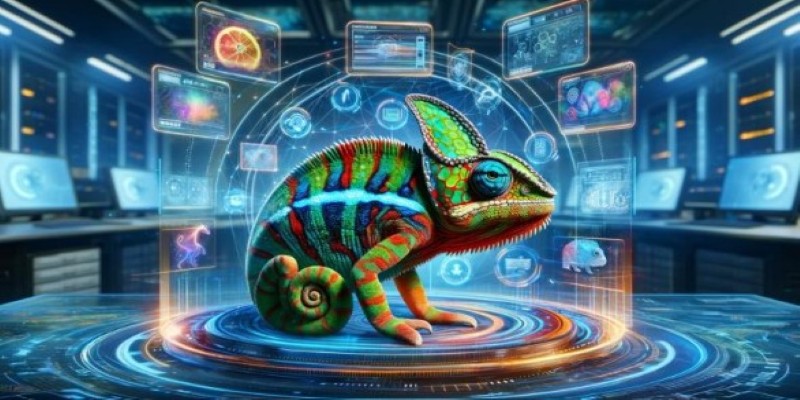
Meta’s researchers have shared that Chameleon uses what they call a "token-based" approach. Instead of treating images and words separately, it breaks everything down into tokens. These tokens can represent anything – a word, a pixel pattern, a color, or even an object in a photo.
By doing this, Chameleon doesn’t have to constantly switch gears between reading and looking. It’s always doing both. This single method could help the AI answer more complicated queries, like "Describe the mood of this painting and suggest a caption that matches the colors." Models that juggle separate text and image processors often stumble here, but Chameleon’s unified method lets it sail through without hesitation.
Another interesting bit? Chameleon was trained with a dataset that mixed images and text right from the beginning. This is different from models that first learn to deal with text, then images, and then figure out how to connect them. Meta decided to skip the baby steps and throw Chameleon into the deep end from day one.
While Chameleon is still in the research phase, it’s easy to imagine where it could pop up and make a real difference.
Content creation is the most obvious place. Writers, marketers, and designers could use it to generate detailed visual assets alongside written descriptions, saving time and sparking new ideas. Imagine asking Chameleon to create a campaign concept based on a few sample photos and a product description – and getting a polished result in seconds. Video production teams could even feed it a script and rough sketches and receive matching visual storyboards ready for refinement.
Another spot where Chameleon could shine is education. Students learning biology, for example, could upload a photo of a plant, ask questions about its structure, and receive answers that mix scientific descriptions with visual guides. It could also help language learners by connecting words and images more naturally, helping them absorb new information in a richer way. Teachers could design interactive lessons where students engage with both text and visuals without needing multiple tools.
Customer service could see a boost, too. A help desk powered by Chameleon could understand screenshots from users along with their typed complaints. Instead of making people explain what's wrong in words alone, they could show the problem, and the AI could pick up all the context in one go. It could also make services more accessible for users who rely on a mix of visual and written cues to communicate, opening up new possibilities for smoother online interactions.
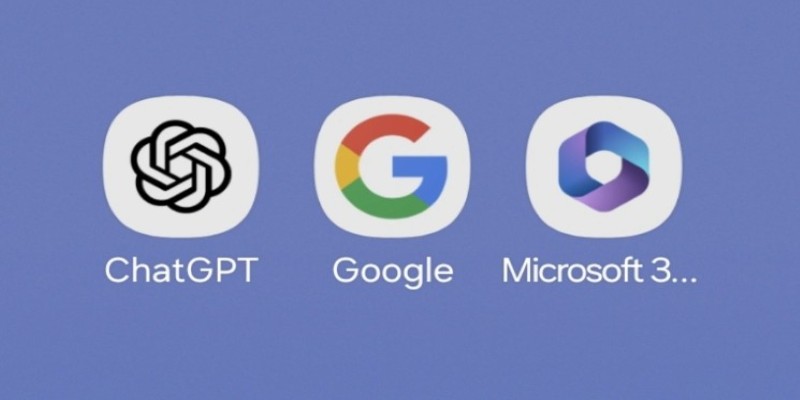
Meta’s Chameleon isn’t arriving in a vacuum. OpenAI, Google, Microsoft, and others are pouring resources into making AI systems that think across formats, not just words.
Chameleon proves that Meta is not sitting quietly on the sidelines. They are throwing their hat into the multimodal ring with a model that genuinely tries something different. By teaching AI to handle text and images as one language, not two, Meta might be opening up new possibilities that earlier systems missed.
Some experts suggest this token-based design could lead to more memory-efficient models, too, which would mean faster AI on smaller devices, not just massive server farms. If that turns out to be true, Chameleon could bring multimodal AI to phones, tablets, and laptops without needing supercomputers humming in the background.
Meta hasn't announced when Chameleon will be available outside the lab. However, if early research is any clue, the ripple effects of this model could be felt across several industries before long.
While it’s still early days for Chameleon, the excitement it’s generating feels earned. Instead of rehashing old ideas, Meta’s researchers went back to the basics and built something that learns in a way that mirrors how humans understand the world – not in pieces, but all at once.
Whether it becomes the next big breakthrough or just a stepping stone toward even better multimodal AI, Chameleon already shows that fresh ideas still have a place in AI development. Watching how it grows – and how competitors respond – is going to be fascinating.
Advertisement
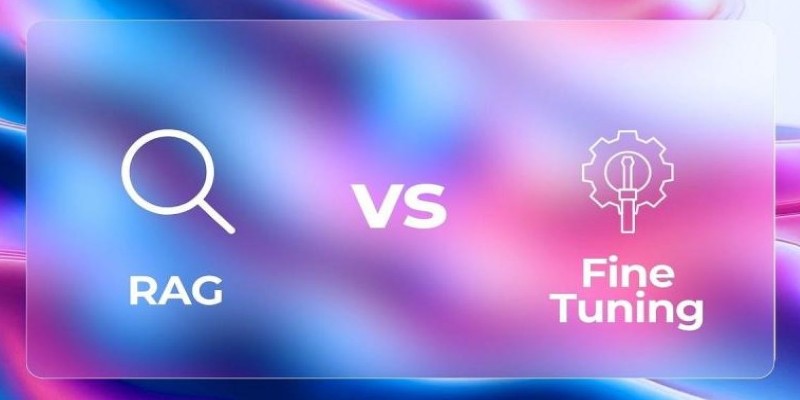
Working with rankings or ratings? Learn how ordinal data captures meaningful order without needing exact measurements, and why it matters in real decisions

From training smarter AI to protecting privacy, synthetic data is fueling breakthroughs across industries. Find out what it is, why it matters, and where it's making the biggest impact right now

Explore how labeled data helps machines learn, recognize patterns, and make smarter decisions — from spotting cats in photos to detecting fraud. A beginner-friendly guide to the role of labels in machine learning
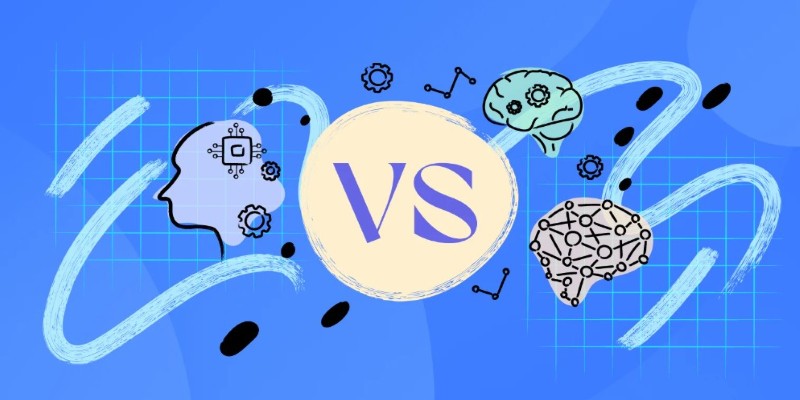
Confused about machine learning and neural networks? Learn the real difference in simple words — and discover when to use each one for your projects

Think data science is just coding? See how math shapes predictions, decisions, and the models that power everything from apps to research labs

Want to learn how machine learning models are built, deployed, and maintained the right way? These 8 free Google courses on MLOps go beyond theory and show you what it takes to work with real systems

Understand the principles of Greedy Best-First Search (GBFS), see a clean Python implementation, and learn when this fast but risky algorithm is the right choice for your project
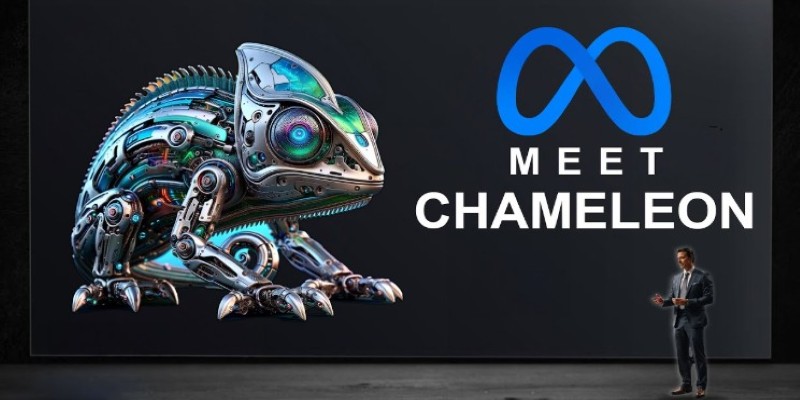
Looking for smarter AI that understands both text and images together? Discover how Meta’s Chameleon model could reshape the future of multimodal technology
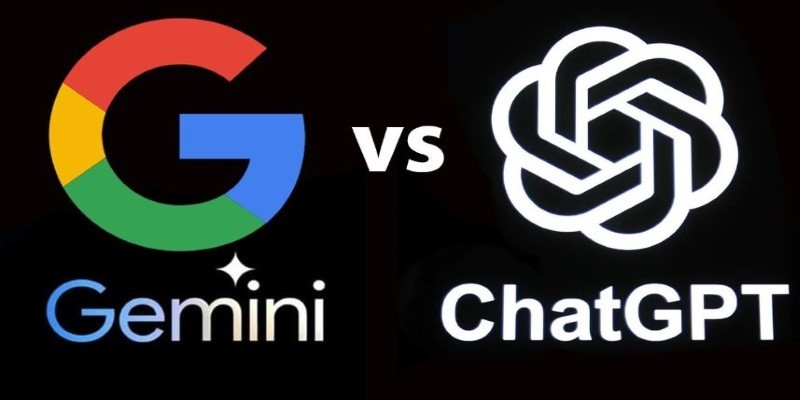
Wondering who wins in coding—ChatGPT or Gemini? This 2025 guide compares both AI chatbots to help you choose the better coding assistant

Looking for a better way to code, research, and write in Jupyter? Find out how JupyterAI turns notebooks into powerful, intuitive workspaces you’ll actually enjoy using
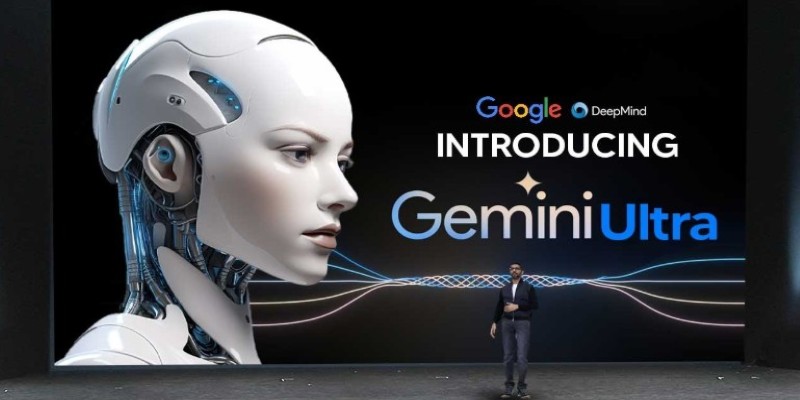
Get a clear overview of Google's seven Gemini AI models—each built with a unique purpose, from coding assistance to fast response systems and visual data understanding
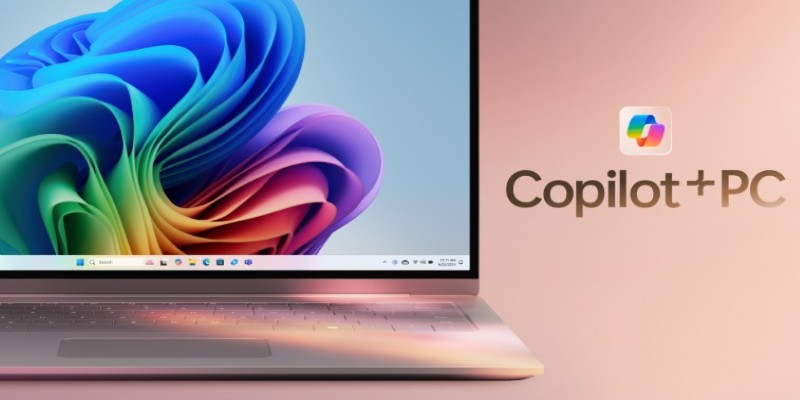
Looking for a laptop that works smarter, not harder? See how Copilot+ PCs combine AI and powerful hardware to make daily tasks faster, easier, and less stressful